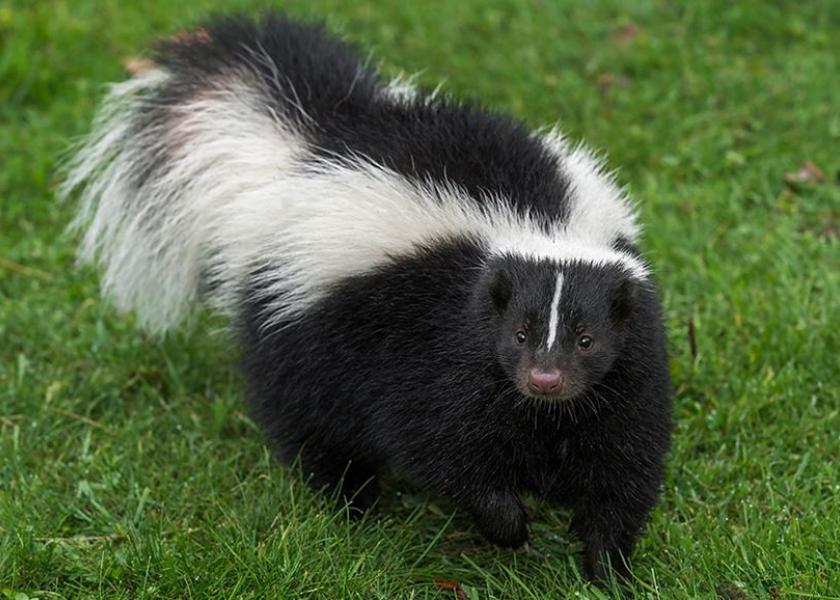3 States Report Rabies In Cattle

Cattle rarely contract rabies, but some states have reported cases this year—including one each in Minnesota and Texas, and two in Oklahoma.
The cases in Oklahoma are concerning, according to the Oklahoma Department of Health, as the state had already confirmed 20 cases of rabies by early June, nearly equaling the total 24 cases the state confirmed in 2019.
Nationwide, a total of 33 rabid cattle were reported in 2018, representing a 8.3% decrease from 2017, according to the Centers for Disease Control and Prevention (CDC). These are the most recent figures, to date, from the CDC.
While it’s impractical to vaccinate a herd of cattle, those animals that are in regular contact with humans—such as dairy cattle, show animals and horses—should be, recommends Barry Whitworth, Oklahoma State University Extension veterinarian and food quality and health specialist, in a university distributed press release.
He says there are two forms of rabies that people tend to think of: one is what he describes as “furious.” Animals suffering from that expression of rabies will be restless, wander, vocalize, drool and attack anything in sight. Infected animals that are normally nocturnal may be seen during the day. Convulsions in the late stages of the disease are common and those creatures usually die in four to eight days after showing clinical signs.
The second form of rabies is expressed as progressive paralysis. In those animals, the throat is paralyzed, and the animal cannot swallow or vocalize normally, Whitworth says. Cattle might have a high-pitched bellow or be silent when they attempt to bellow. Rumination will cease, which may result in bloat. They also may appear to be straining to urinate or defecate and may have difficulty walking.
“It’s easy to mistake this form for a digestive or urinary problem, or possibly that a female animal is aborting,” Whitworth said in the release. “Animals infected with the paralytic form of rabies usually die in two to six days from respiratory failure.”
More details about the disease are available online via an OSU Extension fact sheet and in a YouTube video featuring Whitworth that was produced as part of OSU Extension’s award-winning SUNUP television program.
The CDC makes the following recommendations for addressing livestock exposed to rabies:
1. If up to date for the rabies vaccination, livestock that have been exposed to a rabid animal should be revaccinated immediately with a rabies vaccine and observed for 45 days.
2. Unvaccinated livestock exposed to rabies should be euthanized immediately. If the animal is not euthanized, it should be kept under close observation for 6 months. Any illness in an animal under observation should be reported immediately to the local health department. If the animal develops signs suggestive of rabies, it should be euthanized and tested.
The CDC offers additional information about rabies specifically for veterinarians here: https://www.cdc.gov/rabies/specific_groups/veterinarians/index.html







